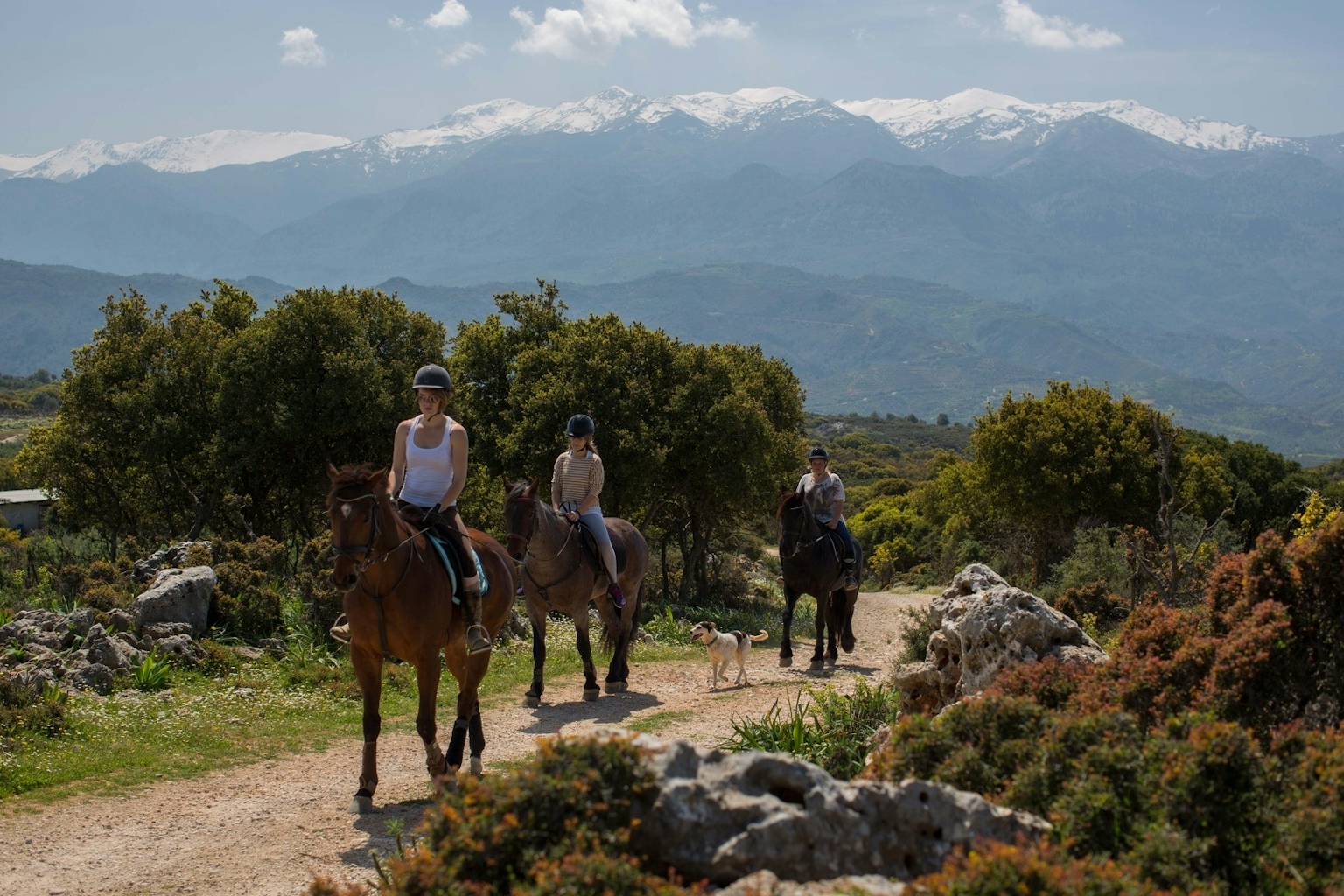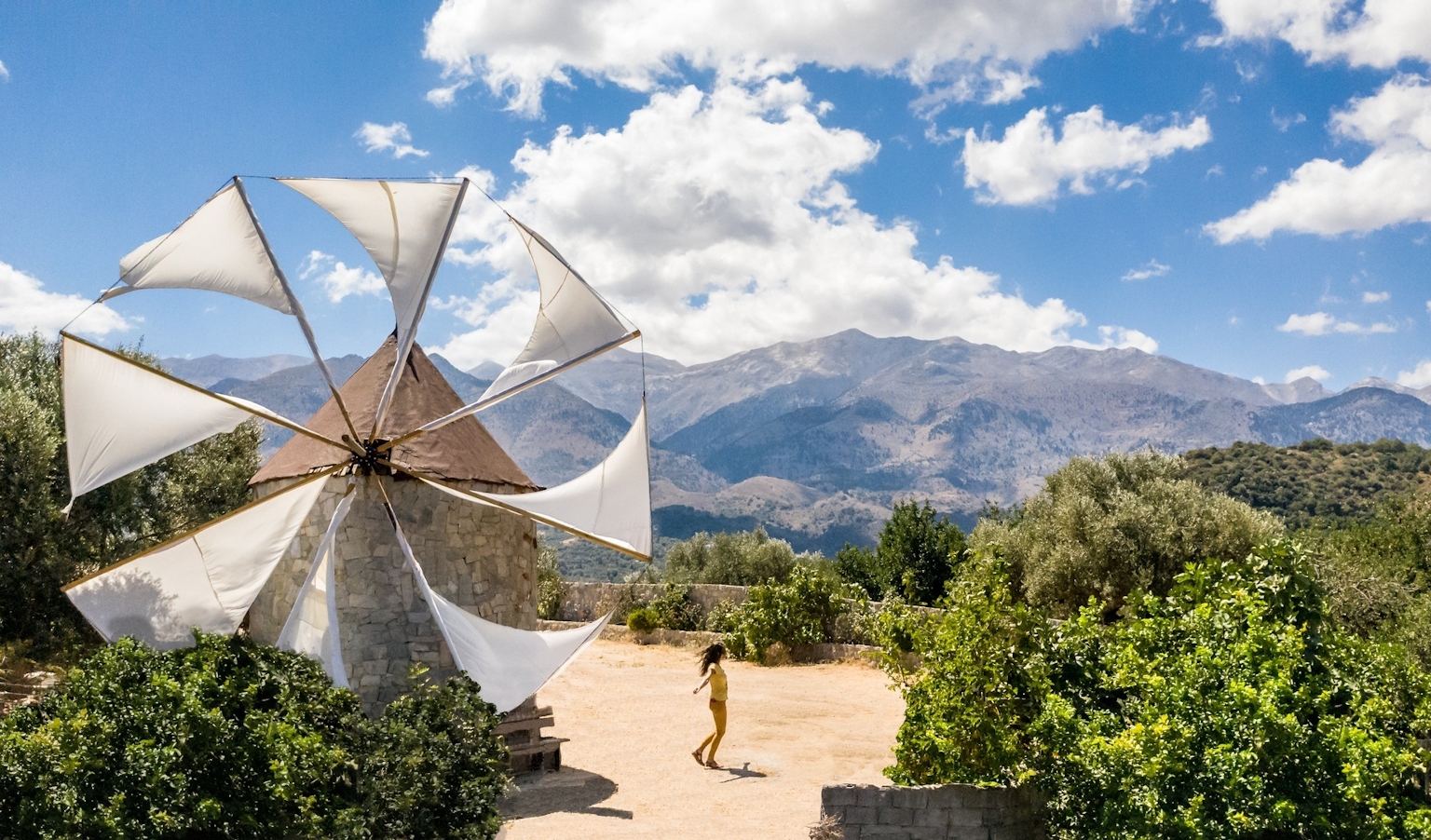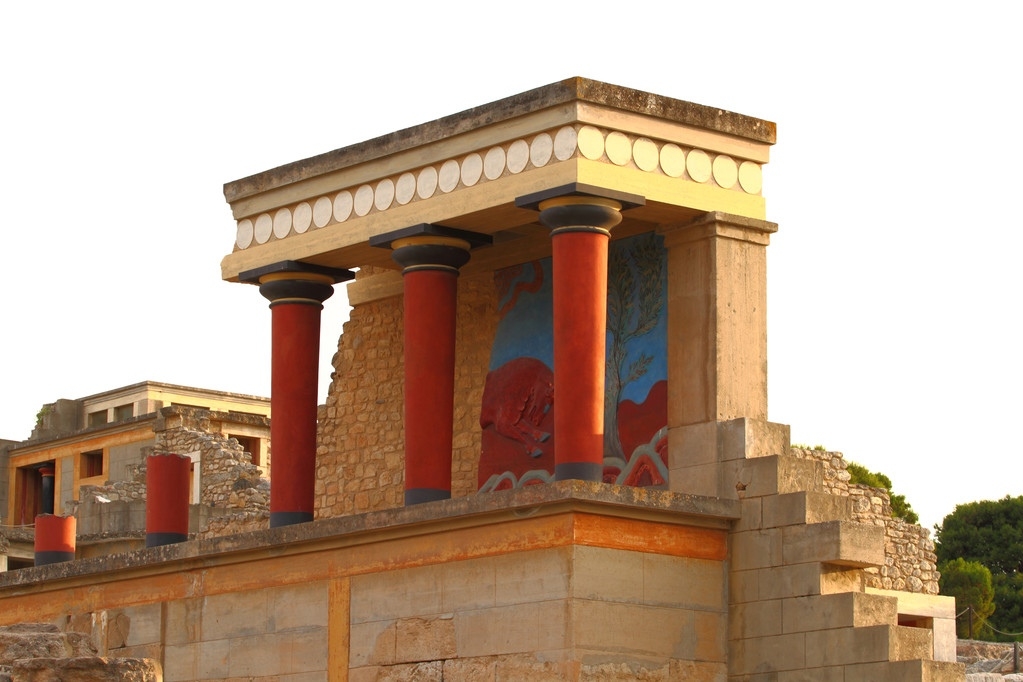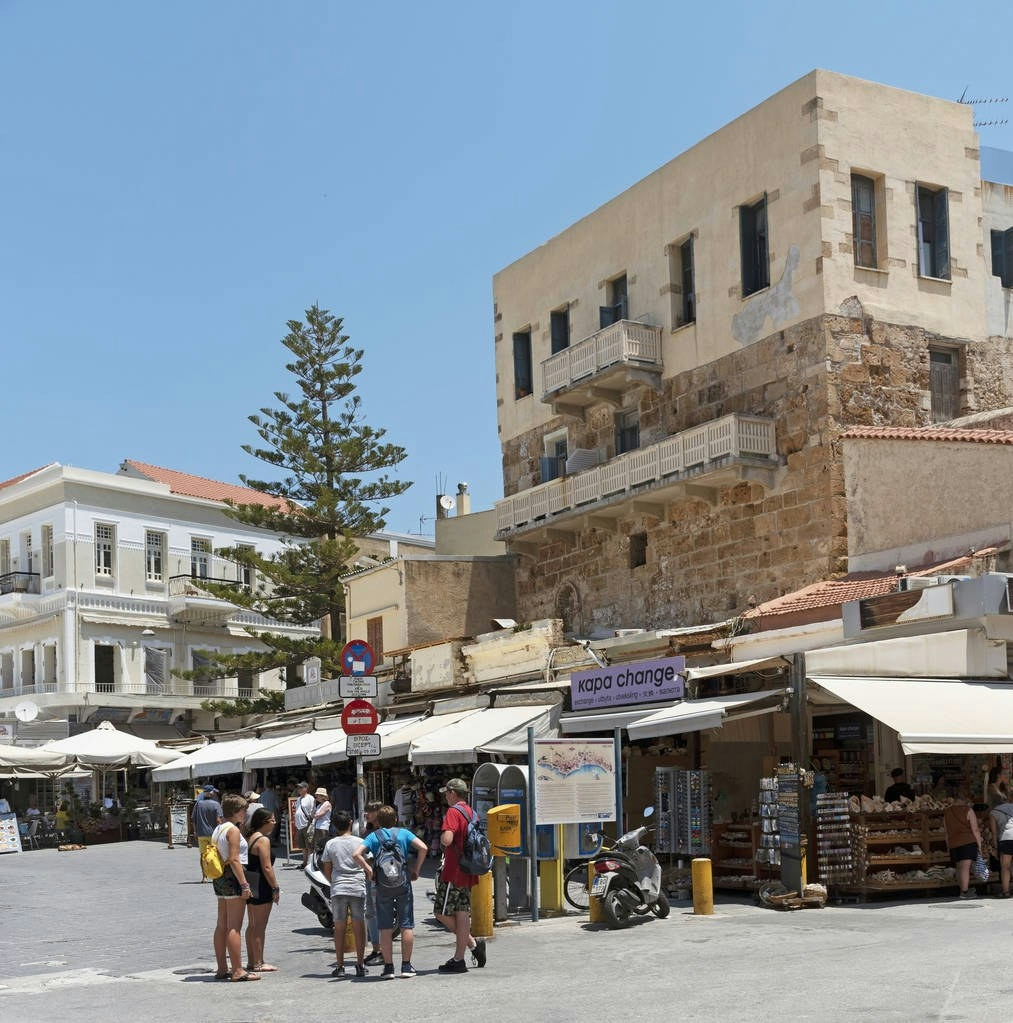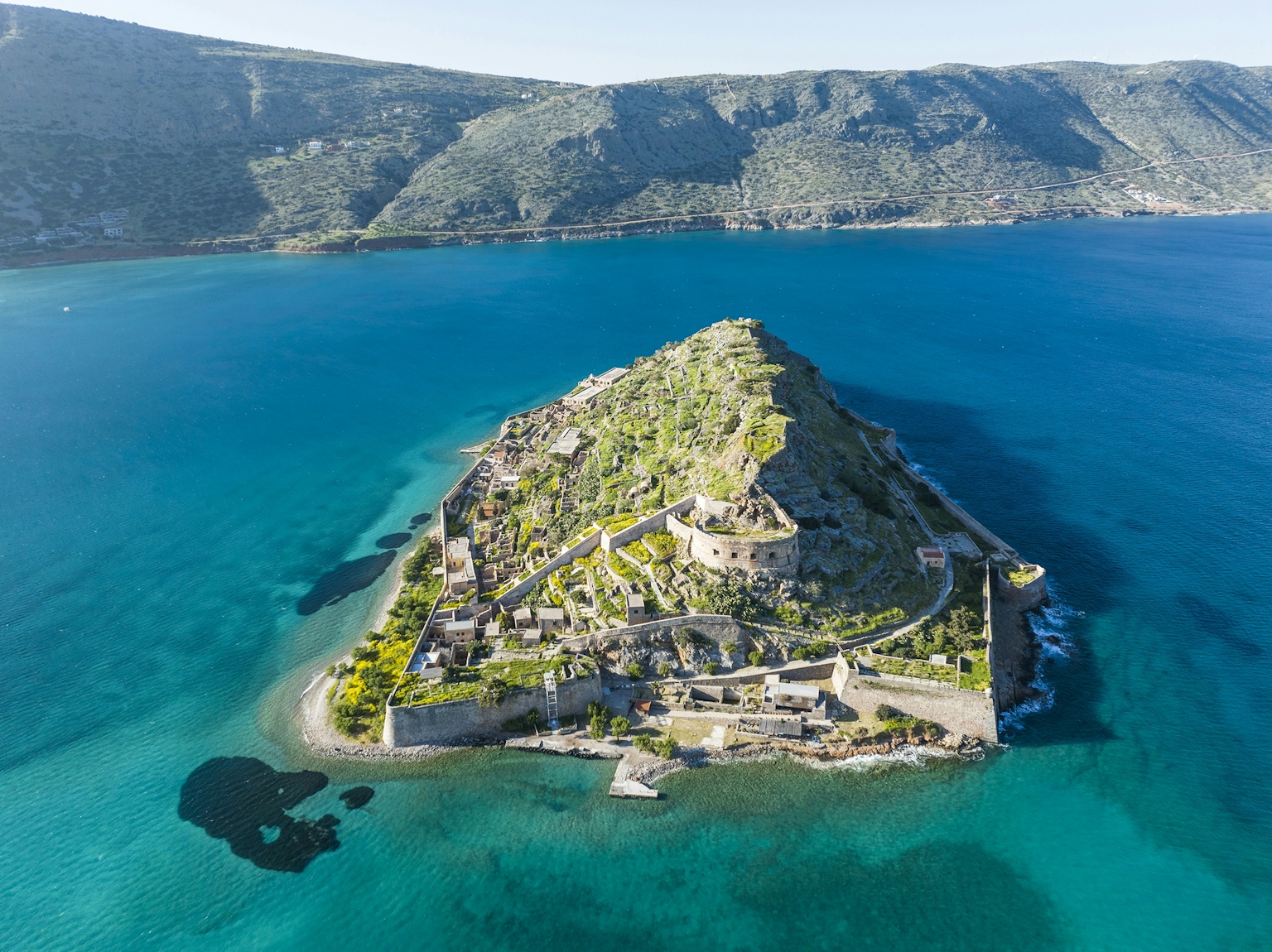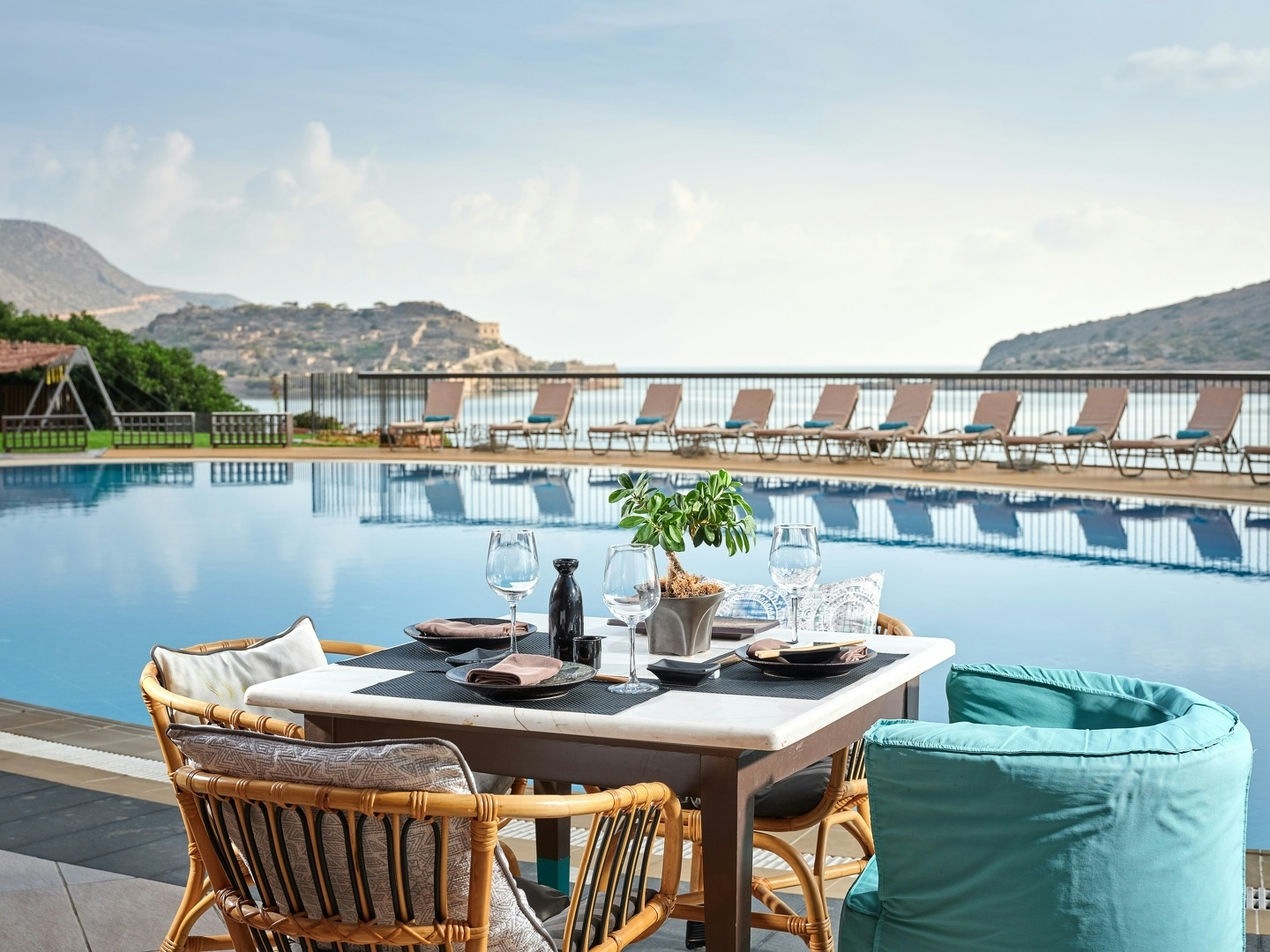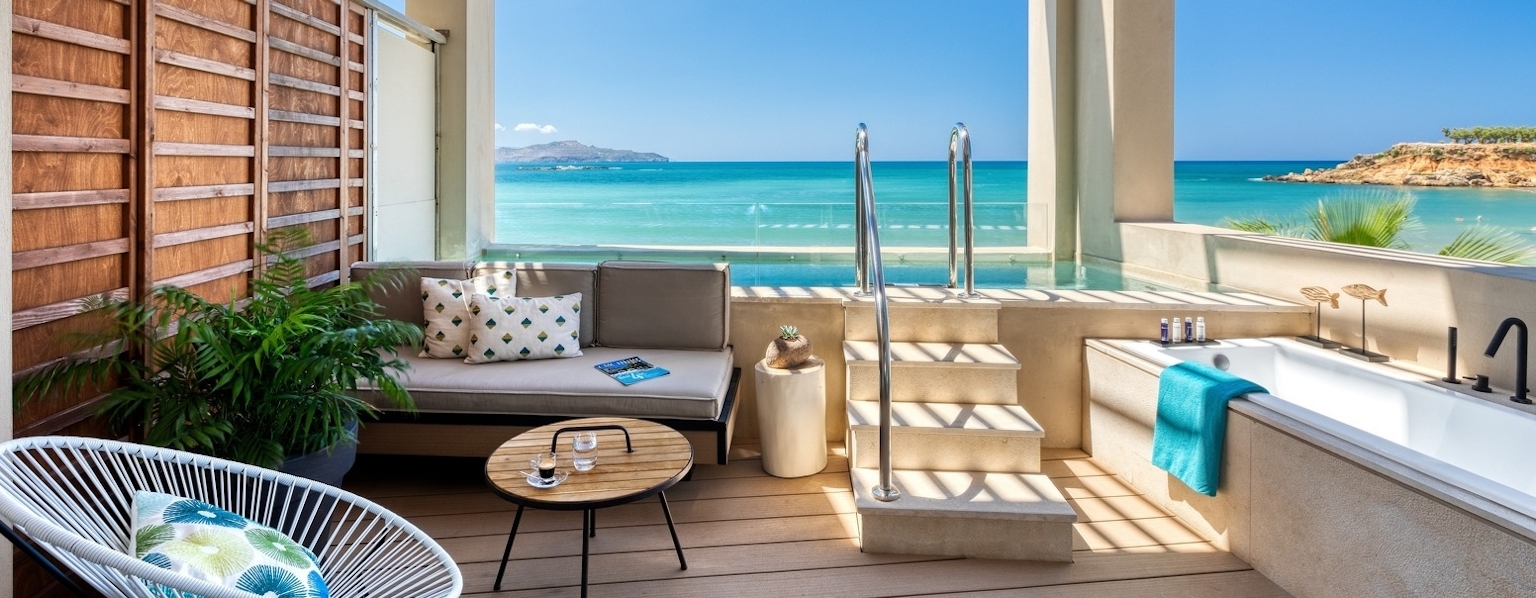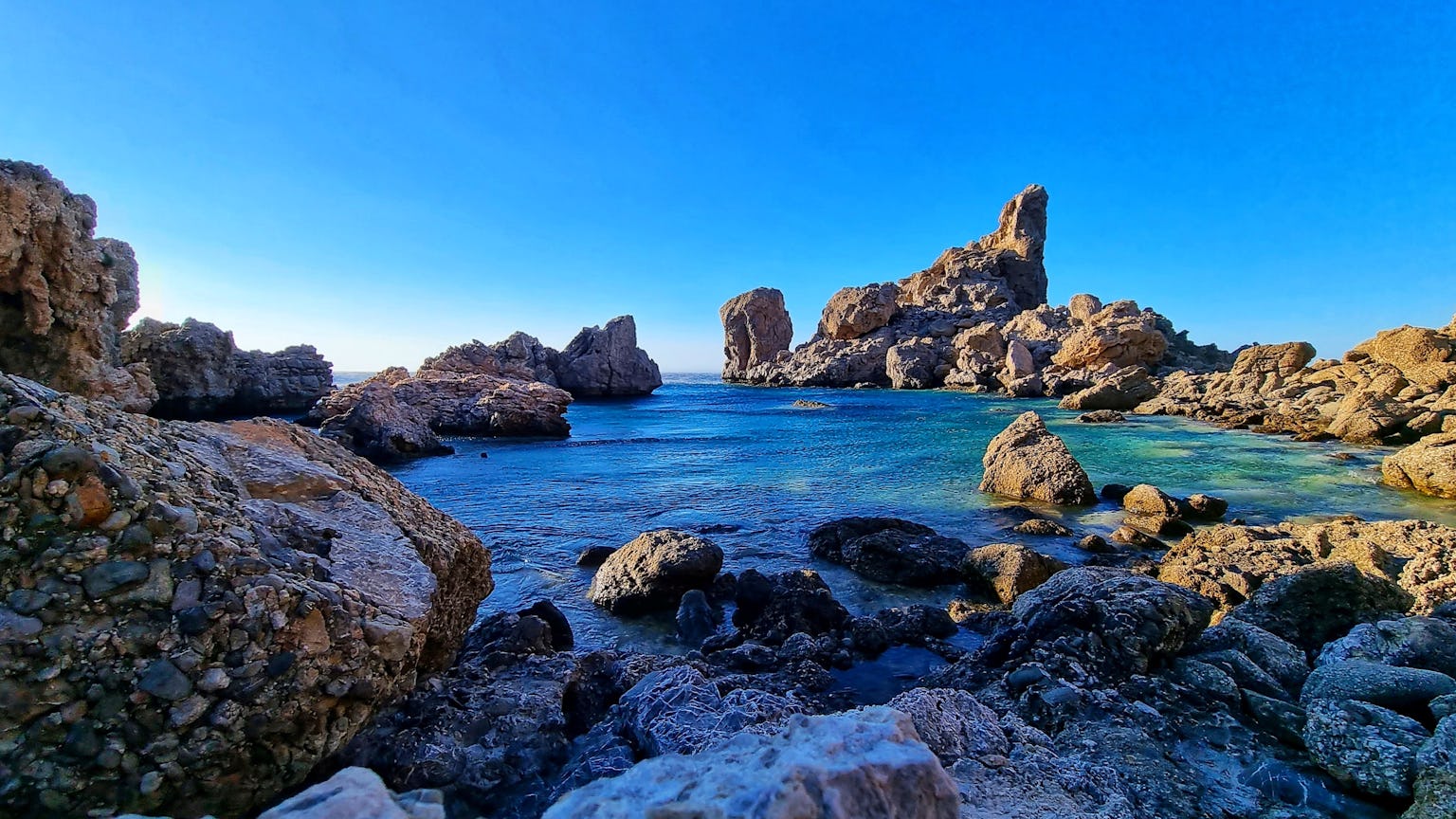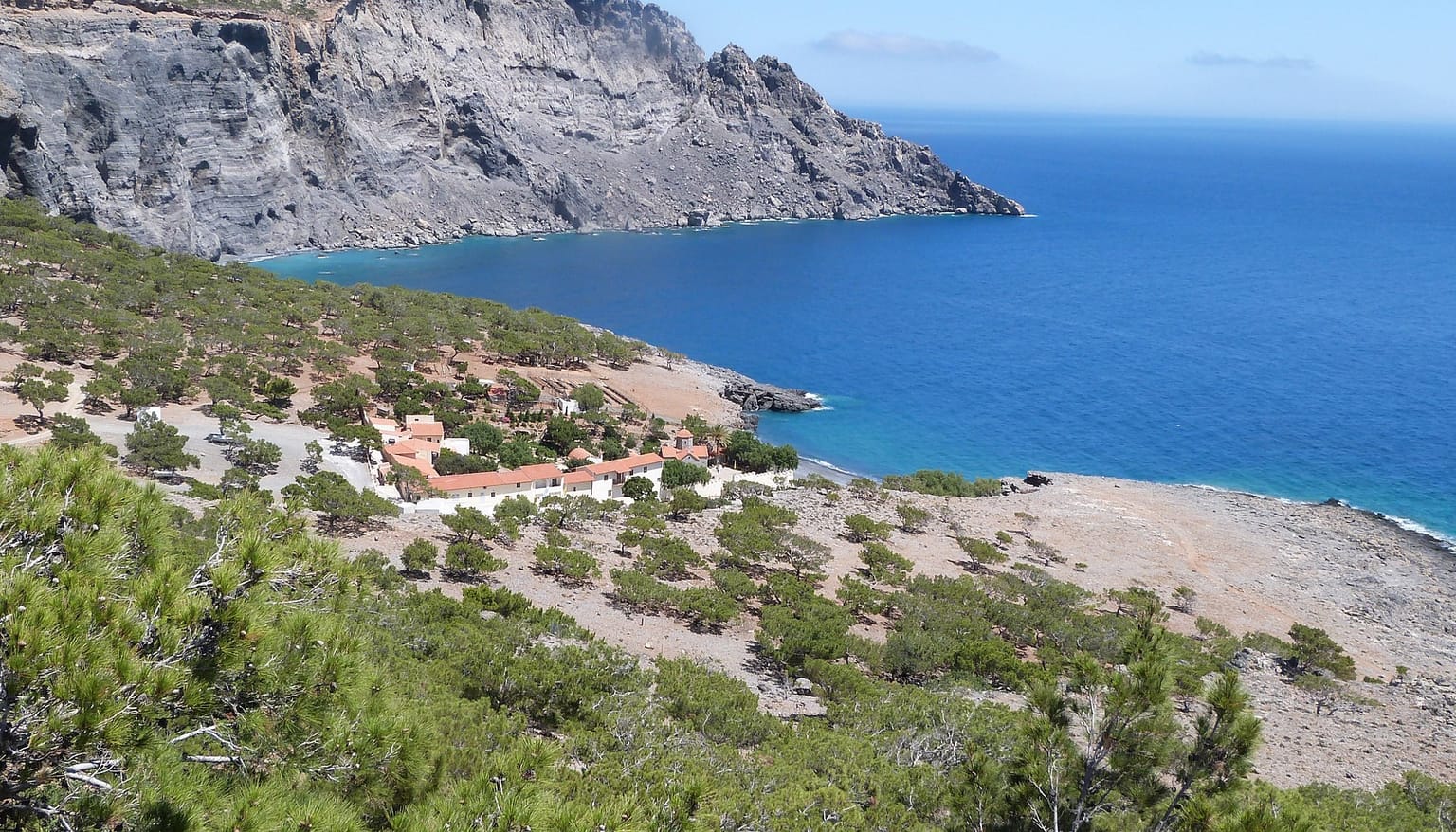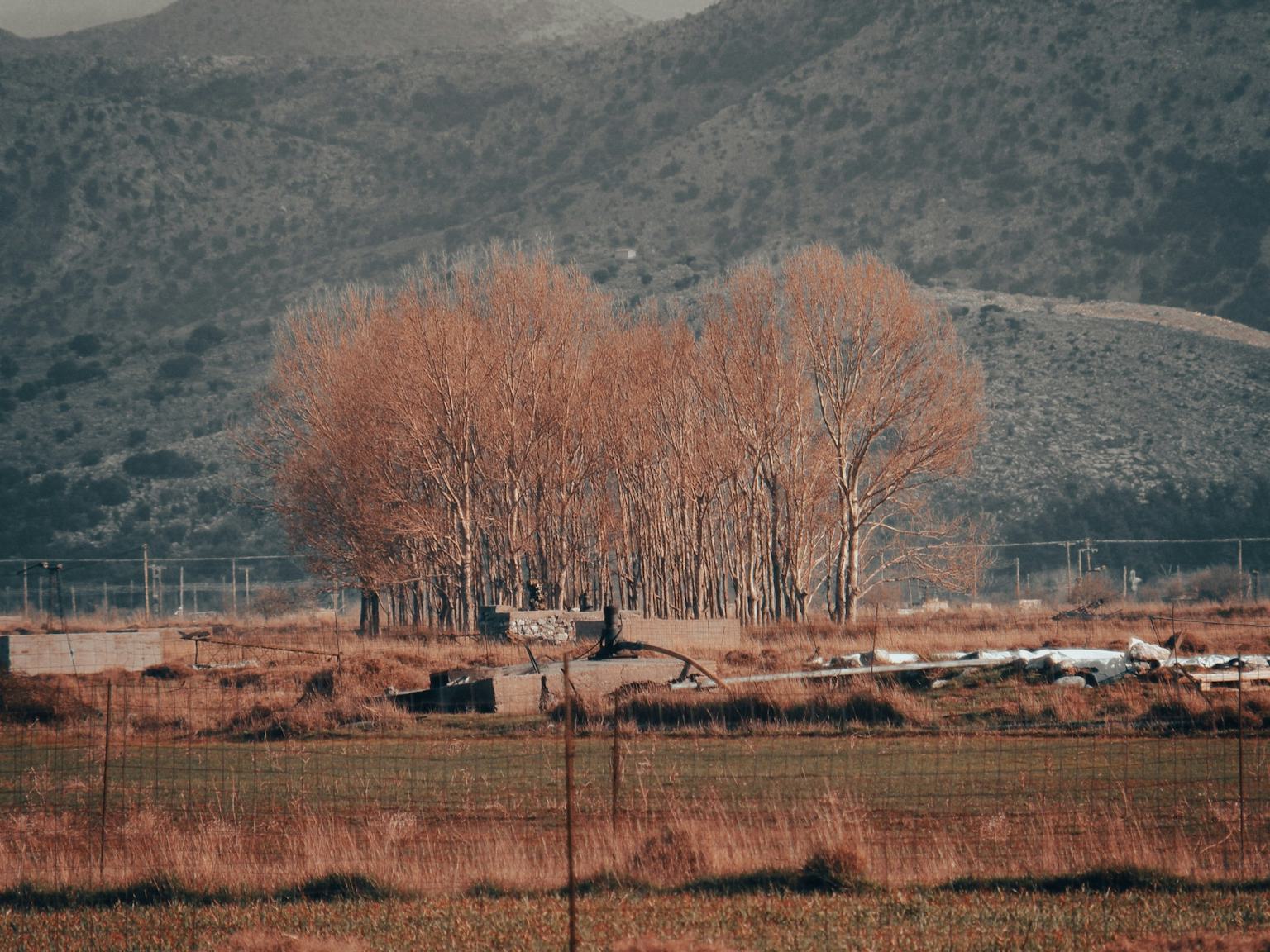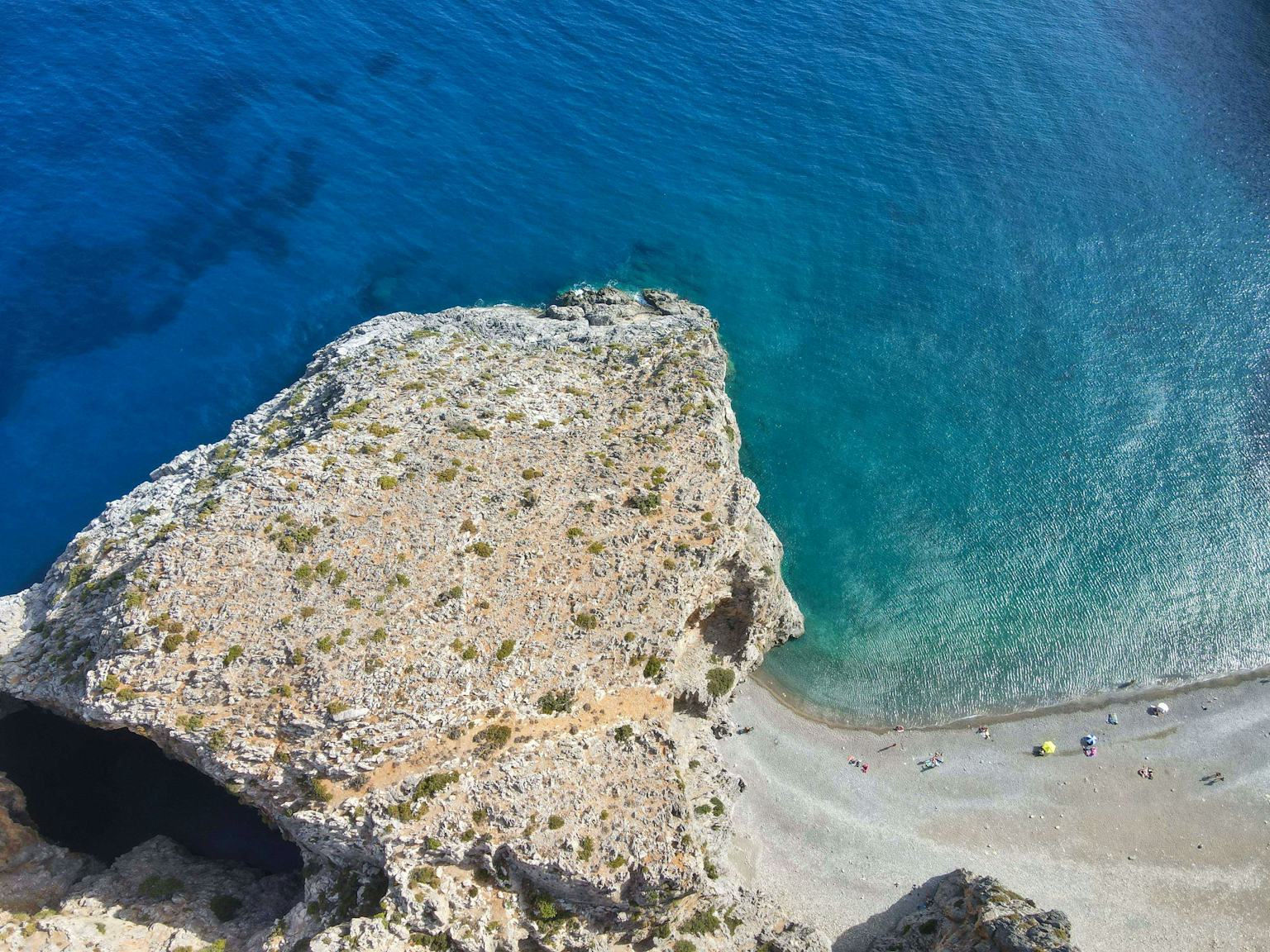Monastery of Faneromeni (Ierapetra)
Art & Culture

ABOUT
The Monastery of Virgin Mary ‘Faneromeni’ (the Revealed one),which today operates as a male monastery, is one of the most significant pilgrim destinations in eastern Crete, built on a location of natural beauty.
The exact date of the establishment of the monastery is unknown, but according to tradition the monastery existed already in 1282, since in that year the monastery was where the leaders of Cretan rebels gathered to decide the future of the struggle against the Venetian domination. During the Turkish occupation the monastery operated a secret school, which survives to this day. The current monastic complex appears to date back to the 19th and 20th centuries.
The Monastery of Faneromeni celebrates the feast of the Assumption on August 15.
Information Region of Crete
Photo Wikipedia
see also

Monastery of Faneromeni (Ierapetra)
The Monastery of Virgin Mary ‘Faneromeni’ (the Revealed one),which today operates as a male monastery, is one of the most significant pilgrim destinations in eastern Crete, built on a location of natural beauty.
The exact date of the establishment of the monastery is unknown, but according to tradition the monastery existed already in 1282, since in that year the monastery was where the leaders of Cretan rebels gathered to decide the future of the struggle against the Venetian domination. During the Turkish occupation the monastery operated a secret school, which survives to this day. The current monastic complex appears to date back to the 19th and 20th centuries.
The Monastery of Faneromeni celebrates the feast of the Assumption on August 15.
Information Region of Crete
Photo Wikipedia
The Monastery of Virgin Mary ‘Faneromeni’ (the Revealed one),which today operates as a male monastery, is one of the most significant pilgrim destinations in eastern Crete, built on a location of natural beauty.
The exact date of the establishment of the monastery is unknown, but according to tradition the monastery existed already in 1282, since in that year the monastery was where the leaders of Cretan rebels gathered to decide the future of the struggle against the Venetian domination. During the Turkish occupation the monastery operated a secret school, which survives to this day. The current monastic complex appears to date back to the 19th and 20th centuries.
The Monastery of Faneromeni celebrates the feast of the Assumption on August 15.
Information Region of Crete
Photo Wikipedia

Sacred Church of Panagia Protoseptemvriani
Just a stone's throw from the renowned monumental olive tree of Azoria and the nearby Minoan settlement lies the Church of Panagia Protoseptemvriani, also known as Panagia of Skali.
According to the Holy Metropolis of Ieraptyni and Sitia Metropolis of Ieraptyni and Sitia, the church is a single-aisled vaulted structure, dating between the 14th and 16th centuries. This dating is supported by the surviving architectural elements and the embedded plates on the west facade above the entrance. During the Turkish occupation, the northern area of the church served as a cemetery. The church is steeped in legend, with the most notable being the story of its fabled golden bell.
The church commemorates the feast of Indiktos on 1st September.
Photo: Wikipedia
Just a stone's throw from the renowned monumental olive tree of Azoria and the nearby Minoan settlement lies the Church of Panagia Protoseptemvriani, also known as Panagia of Skali.
According to the Holy Metropolis of Ieraptyni and Sitia Metropolis of Ieraptyni and Sitia, the church is a single-aisled vaulted structure, dating between the 14th and 16th centuries. This dating is supported by the surviving architectural elements and the embedded plates on the west facade above the entrance. During the Turkish occupation, the northern area of the church served as a cemetery. The church is steeped in legend, with the most notable being the story of its fabled golden bell.
The church commemorates the feast of Indiktos on 1st September.
Photo: Wikipedia

Agia Triada Church in Kavousi
In the charming village of Kavousi, nestled in the heart of Ierapetra, stands the church of Agia Triada.
According to the Holy Metropolis of Ierapytni and Sitia, Agia Triada is recognised as the largest church in the region.
The idea of reconstructing the church of the Holy Trinity emerged during the Autonomy of Crete era, amid numerous challenges encountered during the Italian-German occupation. Eventually, the church's construction commenced in 1957, culminating in its inauguration in 1962.
The plaster iconostasis was crafted by the renowned artist Antonios Kelantonakis from Heraklion, while the portable icons were painted by Dimitrios Saridakis, a distinguished iconographer known for his mastery of the Byzantine style. Saridakis, a graduate of the Athens School of Fine Arts and a pupil of Fotis Kontoglou, contributed significantly to the church's artistic legacy. Agia Triada commemorates its feast day on Pentecost Sunday.
Photo: Wikipedia
In the charming village of Kavousi, nestled in the heart of Ierapetra, stands the church of Agia Triada.
According to the Holy Metropolis of Ierapytni and Sitia, Agia Triada is recognised as the largest church in the region.
The idea of reconstructing the church of the Holy Trinity emerged during the Autonomy of Crete era, amid numerous challenges encountered during the Italian-German occupation. Eventually, the church's construction commenced in 1957, culminating in its inauguration in 1962.
The plaster iconostasis was crafted by the renowned artist Antonios Kelantonakis from Heraklion, while the portable icons were painted by Dimitrios Saridakis, a distinguished iconographer known for his mastery of the Byzantine style. Saridakis, a graduate of the Athens School of Fine Arts and a pupil of Fotis Kontoglou, contributed significantly to the church's artistic legacy. Agia Triada commemorates its feast day on Pentecost Sunday.
Photo: Wikipedia

Agios Georgios Church: Ierapetra's Religious Centre
The Metropolitan Church of Agios Georgios in Ierapetra, holds the revered status of being the area's patron saint.
Situated in the Kato Mera district of the ancient town, it was constructed in 1856 on the grounds of a pre-existing church.
Its architectural style follows that of a three-aisled domed church, rendering it one of Crete's foremost religious monuments due to its unique design characteristics.
Info: Wikipedia
The Metropolitan Church of Agios Georgios in Ierapetra, holds the revered status of being the area's patron saint.
Situated in the Kato Mera district of the ancient town, it was constructed in 1856 on the grounds of a pre-existing church.
Its architectural style follows that of a three-aisled domed church, rendering it one of Crete's foremost religious monuments due to its unique design characteristics.
Info: Wikipedia

Honouring the Fallen: Riza's Tribute to the Village's Lost Lives
The modern history of Crete has become intricately woven with the German occupation, as the island faced the unfortunate events of that time. Unfortunately, the conquerors perpetrated heinous crimes, leaving their indelible marks in many villages.
In Riza, in September 1943, 45 people were executed in the village, precisely where the guerrillas had earlier raised the Greek flag.
The current Church of the Holy Cross stands on the site where people were executed, alongside a monument bearing the names of the victims and an ossuary with the inscription '1944.' In a designated area, just after the monument of the fallen, the skulls of some of the individuals executed in Riza are kept. This is possibly the only instance in Greece, along with Distomo, where the bones of those executed were discovered and put on display.
Info: Wikipedia
The modern history of Crete has become intricately woven with the German occupation, as the island faced the unfortunate events of that time. Unfortunately, the conquerors perpetrated heinous crimes, leaving their indelible marks in many villages.
In Riza, in September 1943, 45 people were executed in the village, precisely where the guerrillas had earlier raised the Greek flag.
The current Church of the Holy Cross stands on the site where people were executed, alongside a monument bearing the names of the victims and an ossuary with the inscription '1944.' In a designated area, just after the monument of the fallen, the skulls of some of the individuals executed in Riza are kept. This is possibly the only instance in Greece, along with Distomo, where the bones of those executed were discovered and put on display.
Info: Wikipedia

Gournia Archaeological Site
According to the Ministry of Culture, Gournia, (its ancient name is not known), stands as the most characteristic excavated example of a medium-sized settlement from the Minoan heyday (Late Minoan I period: 1550-1450 BC). Renowned for its remarkable preservation, it has earned the moniker 'Pompeii of Minoan Crete.' Situated on a low hill near the sea, on the Isthmus of Ierapetra, it offers a glimpse into the ancient world.
The first inhabitants settled in the Early Minoan III period (2300 BC). Remnants from the Middle Minoan period (2000-1600 BC) have endured to this day. Towards the end of this period, a palace was constructed, only to be destroyed, along with the surrounding city, in 1450 BC – coinciding with similar events in other Minoan centres. Fifty years later, there was a period of reoccupation of the site. Eventually, the settlement was abandoned around 1200 BC.
Photo: Wikipedia
According to the Ministry of Culture, Gournia, (its ancient name is not known), stands as the most characteristic excavated example of a medium-sized settlement from the Minoan heyday (Late Minoan I period: 1550-1450 BC). Renowned for its remarkable preservation, it has earned the moniker 'Pompeii of Minoan Crete.' Situated on a low hill near the sea, on the Isthmus of Ierapetra, it offers a glimpse into the ancient world.
The first inhabitants settled in the Early Minoan III period (2300 BC). Remnants from the Middle Minoan period (2000-1600 BC) have endured to this day. Towards the end of this period, a palace was constructed, only to be destroyed, along with the surrounding city, in 1450 BC – coinciding with similar events in other Minoan centres. Fifty years later, there was a period of reoccupation of the site. Eventually, the settlement was abandoned around 1200 BC.
Photo: Wikipedia
Search
for
— things to do or a local business
Search
for
— things to do or a local business
Trends
